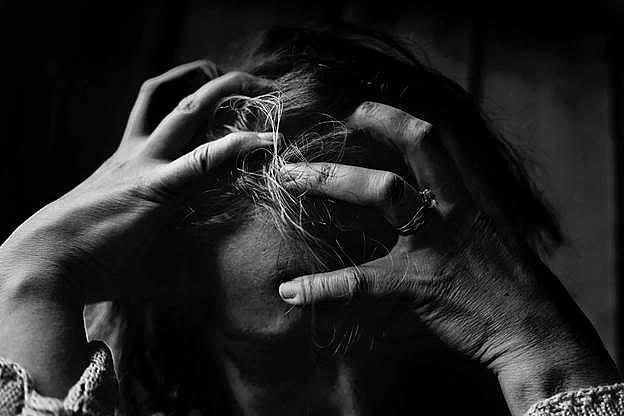As suicide in America hits historic levels, the health care response has only gotten worse

(Photo: stock photo/Pexels)
When a heart attack patient is rushed to the hospital, they rarely have trouble securing a cardiologist, operating table and hospital bed. But patients experiencing mental crises have no such assurances. When they are rushed to the hospital, they sometimes wait for days for a psychiatric bed to open up. They struggle to get their insurance to pay for short-term and long-term care. Even when insurance is willing, they struggle to find psychiatrists and therapists willing to take that payment. Those who can afford it often end up paying out of pocket.
The disparity in America between those who suffer from physical ailments and mental ones is a yawning chasm. And it is only getting worse. In the past year amid the pandemic, the country has seen all-time highs in depression and anxiety. The number of American youth struggling with suicidal ideation and entering ERs in mental crisis have reached staggering heights.
As a health reporter for the Washington Post, I’ve written stories on the personal experiences and struggles of mental health patients seeking help. But when it comes to reporting on mental health the coverage — including my own stories — has so often been confined to anecdotal and sporadic reports. For years, I’ve been haunted by the staggering scope of the problem and the how little substantive attention or action it has received. In the coming year, I plan to unearth data from state regulators, hospital systems and lawsuits that illuminate systemic failures of our mental health care system. And I hope to focus especially on America’s rapidly worsening epidemic of suicide.
The data I am targeting will shed light on areas where the system is especially failing — in hospitals, jails, schools.
Even as suicide rates have fallen globally, they have increased 35% in the United States in the past two decades. Despite that alarming statistic, funding and prevention efforts for suicide lag far behind those for all other leading causes of death.
Hospitals, for example, are now overwhelmed by teens in mental crises. From March to October last year, the proportion of children coming to ERs with mental problems grew by almost 25% compared to the same period in 2019. Increasingly those children are being met with chronic shortages in beds, doctors and problematic wait times.
For years, the availability of psychiatric beds has been dwindling in hospitals. According to a 2016 report by the Treatment Advocacy Center, there are now roughly 11.7 psychiatric beds per 100,000 people in America, compared to 16.8 beds in 2005. And there are racial disparities to this problem as well. Studies show Hispanic children in mental crises are more than three times more likely to experience wait problems in ERs.
Another especially glaring problem area within the crisis of American suicides is prison and jails, where deaths are growing at an even higher rate than in the general population. From 2001 to 2018, suicides in state and federal prisons increased 85%. In local jails, it is now the single leading cause of death. People in jail are more than three times as likely to die from suicide as someone on the outside.
Many experts believe staffing shortages and degrading conditions amid the pandemic will only further worsen the problem. Despite this, health care in many prisons and jails is only worsening.
My vision for this project for the 2021 Data Fellowship is to combine the power of patients’ personal experiences with novel accountability and data reporting. My hope is such stories will not only to illuminate the problem, but to move readers and policy makers to action.
